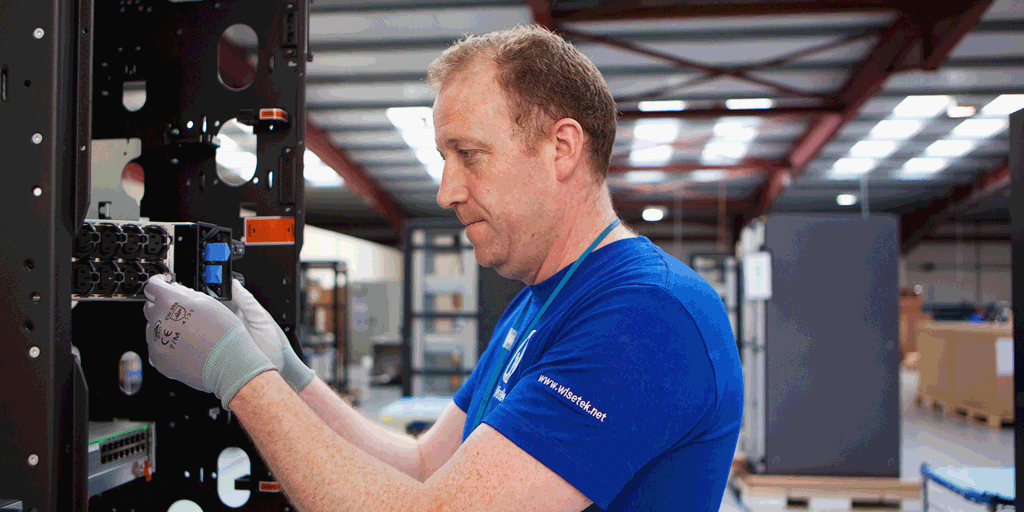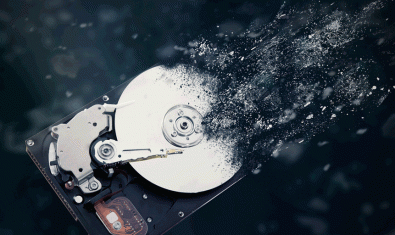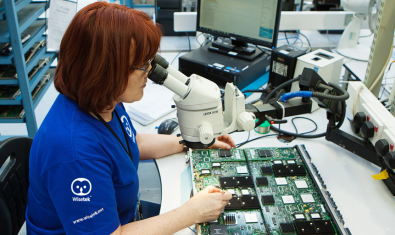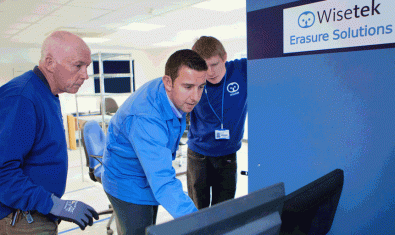What is IT Asset Disposition (ITAD)?

If you’ve ever looked at getting rid of outdated or broken computers, servers and other IT equipment from your organization, then you’ve most likely come across the term “IT asset disposition” (ITAD).
These days, the thought of recycling your retired IT equipment might seem like a no-brainer but how do you do it properly, especially for your company’s large inventory of assets?
So What Exactly is ITAD?
ITAD refers to the process of reusing, recycling and disposing of old electronic equipment using practices that are safe, secure and environmentally friendly. Best practices have moved away from the old make, use and dispose model to the new circular economy approach. With this in mind, there are several things to consider when taking on an ITAD project:
Data Security
With GDPR coming into play on May 25th, procedures must be followed to ensure client and company data is completely destroyed and inaccessible to people who may have the skills to go looking for it. Data protection goes beyond just wiping hard drives. Destruction can involve using specific programs, magnetic destruction and/or shredding. Falling victim to a data breach could damage an organization’s integrity and also cost fines to the value of millions.
Financial Benefits through ITAD
IT equipment that is no longer required by an organization, may not have yet reached the end of its useful life. Technology moves fast but equipment that is in good working condition and is a few years old can be re-sold or instead recycled. This is a way for companies to generate money back into the business and recover some losses (if any).
It’s tough on the environment to harvest new material for manufacturing, so a lot of what recycling electronics entails is separating out the precious metals and other components that go into electronics so that they can be re-used and reduce the need for new materials.
E-waste Recycling through ITAD
E-waste refers to any kind of electronic equipment that is outdated, non-functional or unwanted. E-waste is a fast-growing segment of the world’s trash. Approximately two million tons of used electronics such as computers and televisions are disposed of annually and a staggering 80% of e-waste is not documented. When dumped in a landfill, hazardous materials can contaminate the ground, water and air, posing environmental risks and potential threats to human health.
IT Asset Disposition for Individuals vs. Companies
E-waste disposal is very different for individuals than it is for companies. If you are a typical consumer, all you need is to dispose of one or two devices at a time – maybe bring them to your local WEEE recycler.
Companies however need to have a high volume of e-waste rather than using a public recycling solution. Also, many companies are in possession of consumer data that must be protected and destroyed in accordance with modern security protocols such as GDPR. For these reasons, a responsible ITAD provider can be an indispensable source for companies.
ITAD Providers
Individual companies could make all the arrangements to dispose of e-waste themselves but this often works out more expensive and more time consuming than hiring an ITAD provider. ITAD providers should be certified to the highest of industry standards to ensure they meet safety, security and environmental standards mandated by law.
Why ITAD?
As the world continues to generate a growing amount of e-waste, it is more important than ever to keep that waste out of landfills. By properly recycling old IT equipment, organizations can be part of the solution and have the added benefit of knowing that they are complying with relevant laws that keeps clients’ data safe. ITAD is an essential part of the modern world and smart companies are already investing in recycling their old equipment.
If you want to make sure your data is secure and your old IT equipment is disposed responsibly, then the decision should be pretty obvious. Contact us today on enquiries@wisetek.net or alternatively, visit our contact us page.









